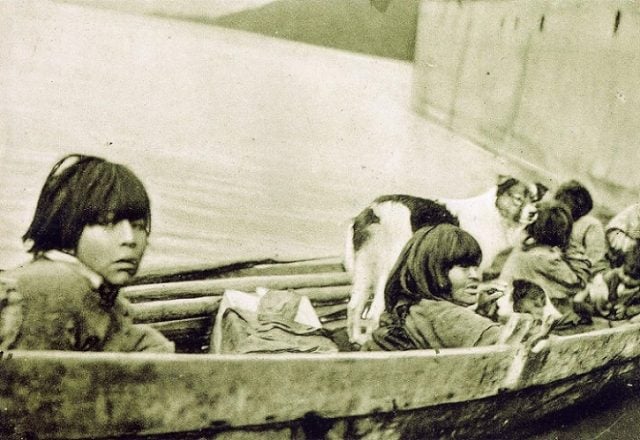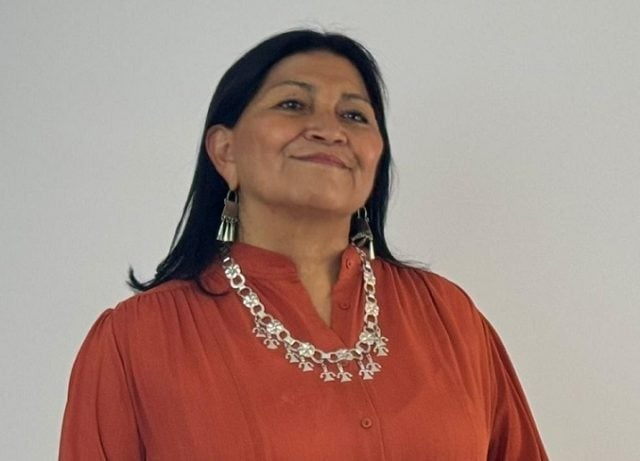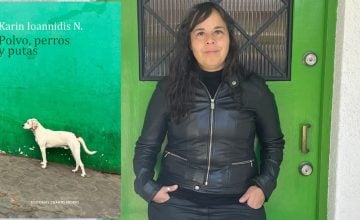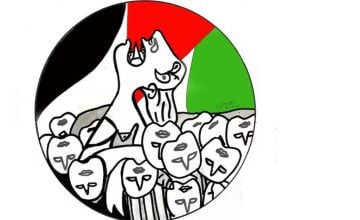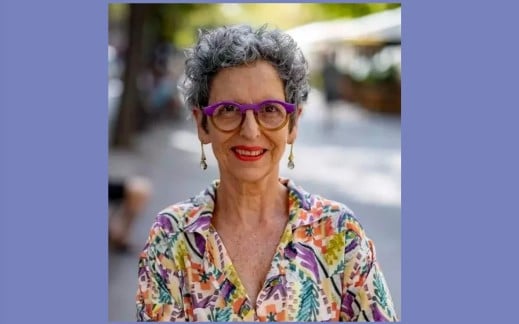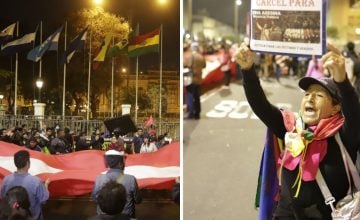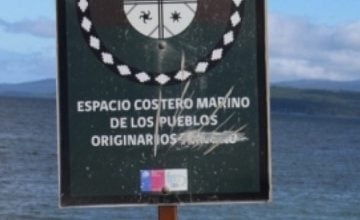The living shadow of the Chono: between official amnesia and evidence that endures
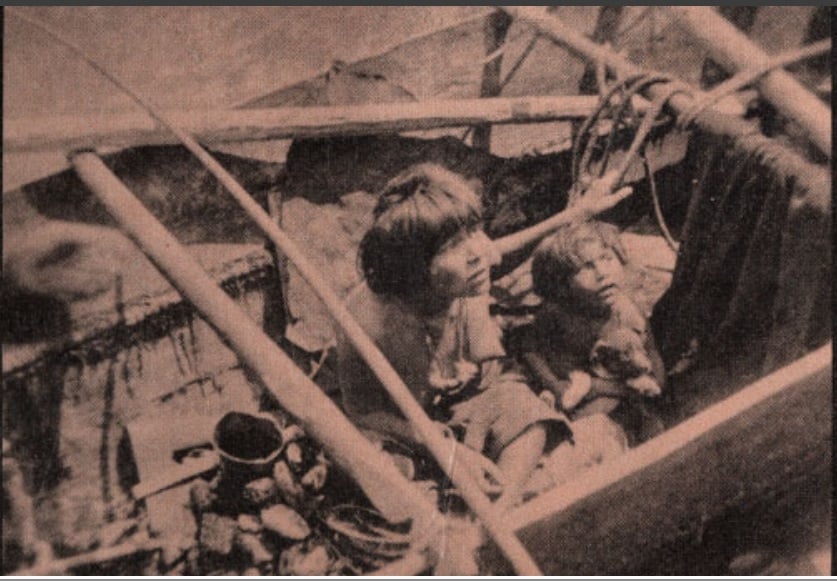
At the far south of the Americas, the Selk’nam proved that declarations of extinction can be as fallible as the authorities who issue them. While Chile’s Congress debated a posthumous tribute to a people it presumed gone, their descendants stepped forward to claim their place in the present. On September 4, lawmakers approved a bill amending Law 19.253 (the “Indigenous Law”), granting legal recognition to the Selk’nam people (boletín 12.862-17).
This is not an isolated case; it raises an urgent, uncomfortable question across the archipelagos of Chiloé and Aysén: Are the Chono people truly extinct, as some academics and historical texts insist? The answer challenges the official narrative, interweaving genetics, living culture, and a contemporary political struggle.
The legacy that never left: cultural footprints in the Chilote identity
Though labeled extinct, the Chono are present every day in Chiloé’s core traditions. Their heritage is no museum relic; it is an active pillar of local identity. According to José Marcelo Bravo Sánchez’s thesis, “La Cultura Chilota y su expresión territorial” (2004), highlighted by Historias de Quellón, Chono legacies include navigation techniques such as the “sacho” (an ancestral wood-and-stone anchor), the construction of dalcas, and—most prominently—curanto, a hot-stone cooking method that endures as a regional culinary symbol.
“Another activity bequeathed by the Chono and present in Chiloé’s current culture is the so‑called ‘curanto,’ the cooking of food using a system of hot stones. We should also note that there are toponyms with the Chono root; these include names ending in ‘ec,’ for example: Nalcayec, Chalacayec, Chaulinec, among others,” the publication notes.
The same Historias de Quellón post highlights researcher David Nuñez: “Most toponyms ending in ao, dad, lad or tad, and in ac, are also Chono. So are those that include the syllables (perhaps words) ach, lin, tao, en, on, uk.”
Information about the Chono comes from chroniclers, navigators, and missionaries who offered brief descriptions of lifeways and watercraft—always through a Westernized lens.
Some Chono-origin place names in Chiloé include: Achao, Chacao, Apiao Island, Laitec Island, Quenac Island, Tac Island, Chaulinec Island, Tahuenahuec Island, Meulín Island or Chelín; as well as coastal areas such as Manao, Terao, and Ichuac.
Physical evidence has also been reconstructed. In “Horizonte Chono. Los canoeros ausentes,” Alberto Trivero Rivera highlighted a milestone in forensic reconstruction based on a skull from the Guaitecas, revealing the face of a people of short stature, dolichocephalic, and adapted over millennia to a hostile environment, as also noted by Historias de Quellón.
These traces, together with numerous shell middens—deposits of shells and remains more than 6,000 years old scattered across the archipelago—documented by Corporación Aikén (2018), stand as silent testimony to a deep, continuous occupation.
In November 2021, Defendamos Chiloé posted on its social networks: “Greetings to the ancestral CHONO PEOPLE who still live. Chono whose territory spans the Chiloé Archipelago, the Chonos Archipelago (Aysén), down to the Taitao Peninsula and the Gulf of Penas, with 12,000 to 15,000 years.”
The DNA of resistance: scientific proof of an ancestral presence
Genetics reveals that many residents of Chiloé descend from the Chono. A pivotal 2013 study led by geneticist Mauricio Moraga at the University of Chile and reported in outlets such as La Tercera analyzed mitochondrial DNA from Chono remains. The results were striking: they confirmed a culture genetically distinct from the Huilliche or Kawéskar and showed the presence of haplogroup D4h3a—a genetic signature linked to the earliest peopling of the Americas 12,000 to 15,000 years ago. “The mitochondrial DNA variants they carry are the same as those borne by the settlers who arrived in the area 12 or 15 thousand years ago,” Moraga said.
This genetic inheritance is not confined to the past. A study published in the Revista Chilena de Historia Natural (2004), led by Francisco García and Moraga, examined today’s population of Chiloé. The most revealing finding came on Laitec Island, where more than 95% of residents have maternal ancestral origins; their genetic profile acts as a “reservoir,” showing closer affinity to Fuegian peoples than to the Huilliche communities of northern Chiloé, as also highlighted by a post from Historias de Quellón. These data recast “extinction” as a political category, not a biological one.
The recognition paradox: creating new “ethnicities” while ignoring a living people
In a paradoxical turn, while the Chilean state keeps the Chono in denial, invisibility, and obscurity—without recognition under the Indigenous Law and without any reparative action—political operators actively promote recognition of a new “Huilliche People” separate from the Mapuche. Yet this initiative is rejected by experts and by a wide array of Williche communities in Chiloé and other Williche territories, who call it a “divisive maneuver“. Historian Jamadier Esteban Uribe Muñoz, in an article titled: Consideraciones sociohistóricas respecto a las mociones legislativas que buscan la secesión del pueblo Mapuche, argues that the project “offers partial and erroneous arguments,” while the late Chilote writer Renato Cárdenas was categorical: “Only geography divided them. That is why today, when we speak of MAPUCHE‑HUILLICHE, it is to reinforce this entity within a single narrative“.
One of the leading Mapuche Williche figures in the Chiloé Archipelago was José Santos Lincoman Inaicheo (1910–1984). The Apo Ülmen, or lonko, was a vigorous defender of Mapuche‑Huilliche unity and of a call to a “united struggle, full of love for defending the land… the united struggle of the Mapuche,” as highlighted in a rare audio broadcast by La Voz de la Costa de Osorno in 1983, recalled by Füta Willi Mapu.
This tension reveals a double standard. On one hand, the self‑determination of a people with historical, genetic, and cultural evidence—like the Chono—is ignored, even though their disappearance, as some historical sources note, was more a process of “acculturation” and “mestizaje” than a physical vanishing. On the other, there is an attempt to force a division within another people, the Mapuche, undermining the principle of cultural integrity enshrined in the UN Declaration on the Rights of Indigenous Peoples. The question is no longer only whether the Chono are extinct, but why there is such insistence on keeping them in that status—denying their legacy and descendants—while energy is spent on debates that those most affected consider spurious.
